evolutionary biology
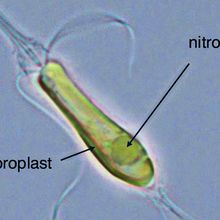
The First Nitrogen-Fixing Eukaryotic Marine Alga Discovered
Karen Kelley Perkins, PhD | Oct 7, 2024 | 5 min read
What scientists thought was an endosymbiont in algae turned out to be an organelle.

Why Do Humans Have an Appendix?
Hannah Thomasy, PhD and Priyom Bose, PhD | Sep 2, 2024 | 2 min read
Long believed to be purely vestigial, this troublesome organ may play an important role in gut and immune function.
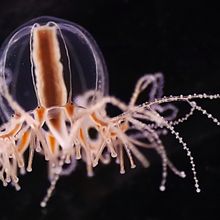
The Origins of Hunger Regulation
Mariella Bodemeier Loayza Careaga, PhD | Oct 2, 2023 | 2 min read
A neuropeptide suppressed feeding in two evolutionarily distant species, suggesting that hunger regulation may go back to the roots of the tree of life.
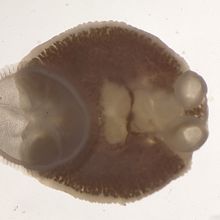
Ecologists Use Museum Specimens to Dig into the Parasitic Past
Ian Rose | Mar 1, 2023 | 4 min read
New techniques to quantify what lived in and on preserved animals throw light on how parasite abundance has changed over time.

Animals Are Shape-Shifting in Response to a Warming World
Andy Carstens | Jan 3, 2023 | 10 min read
Forced to respond to a climate that’s changing faster than it ever has, it remains unclear whether species’ adaptations can keep pace.
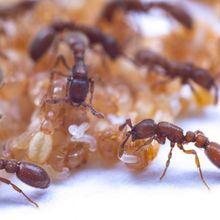
Ant Pupae Feed Adults, Larvae with Secreted Liquid
Viviane Callier | Nov 30, 2022 | 4 min read
The molting fluid of ant pupae functions as “metabolic currency” in the ant colony and may have enabled the evolution of eusociality.
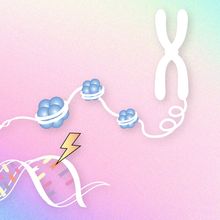
Infographic: How Epigenetic Marks Can Change the Genome
Katarina Zimmer | Nov 1, 2022 | 2 min read
Although epigenetic changes were long thought to largely act on the genome, rather than as part of it, research is now showing that these patterns can, directly or indirectly, change the genetic code.

Do Epigenetic Changes Influence Evolution?
Katarina Zimmer | Nov 1, 2022 | 10+ min read
Evidence is mounting that epigenetic marks on DNA can influence future generations in a variety of ways. But how such phenomena might affect large-scale evolutionary processes is hotly debated.

Genes that Aided Black Death Survival Linked to Autoimmunity
Jef Akst | Oct 20, 2022 | 2 min read
A new study points to repercussions of the Medieval pandemic for the health of modern humans.
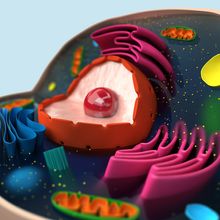
The Long and Winding Road to Eukaryotic Cells
Amanda Heidt | Oct 17, 2022 | 10+ min read
Despite recent advances in the study of eukaryogenesis, much remains unresolved about the origin and evolution of the most complex domain of life.
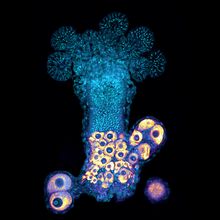
Ancient Immunoglobulin Genes Help Cnidarians Decide to Fight or Fuse
Sophie Fessl, PhD | Oct 11, 2022 | 4 min read
Immunoglobulin genes might have evolved much earlier than previously expected, perhaps even in the common ancestor of Cnidarians and Bilateria, a study suggests.
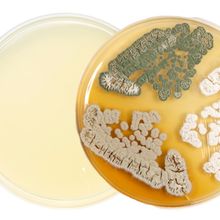
Most Archaea and Bacteria Are Nameless. SeqCode Could Change That
Dan Robitzski | Sep 27, 2022 | 8 min read
The Scientist spoke with microbiologist William Whitman about a new system of nomenclature for prokaryotic organisms that can’t be cultured.

Notable Science Quotes
The Scientist | Sep 14, 2022 | 3 min read
Taking stock of the CDC's COVID-19 response, the importance of forest science, the evolutionary importance of chewing, and more
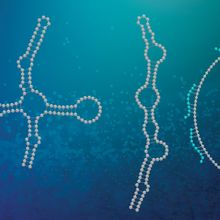
Infographic: Noncoding RNA in the Brain
Christie Wilcox, PhD | Sep 12, 2022 | 4 min read
Neurologically important noncoding RNAs come in many shapes and sizes.
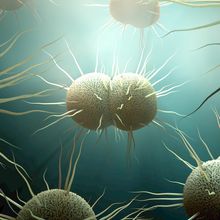
Gonorrhea-Blocking Mutation Also Protects Against Alzheimer’s: Study
Holly Barker, PhD | Aug 5, 2022 | 4 min read
Research traces the evolution of a gene variant that reduces the risk of Alzheimer’s disease, finding that it originally evolved in response to infectious bacteria.
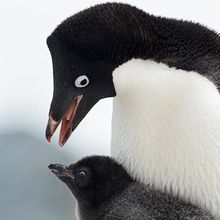
Penguins Are Among the World’s Slowest-Evolving Birds: Study
Catherine Offord | Jul 19, 2022 | 2 min read
The findings mean that penguins may struggle to adapt under rapid climate change, researchers say.
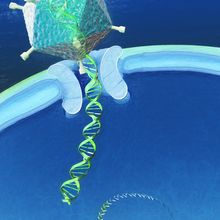
Infographic: Possible Mechanisms of Gene Transfer in Eukaryotes
Christie Wilcox, PhD | Jul 5, 2022 | 6 min read
Genetic studies have made it clear that eukaryotic horizontal gene transfer can and does happen. Exactly how, though, remains speculative.
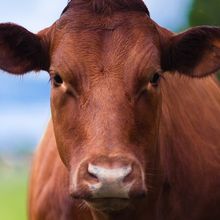
Slideshow: Examples of Eukaryotic Horizontal Gene Transfer
Christie Wilcox, PhD | Jul 5, 2022 | 4 min read
Horizontally transferred genes play significant roles in eukaryotic genomes

Horizontal Gene Transfer Happens More Often Than Anyone Thought
Christie Wilcox, PhD | Jul 5, 2022 | 10+ min read
DNA passed to and from all kinds of organisms, even across kingdoms, has helped shape the tree of life, to a large and undisputed degree in microbes and also unexpectedly in multicellular fungi, plants, and animals.
